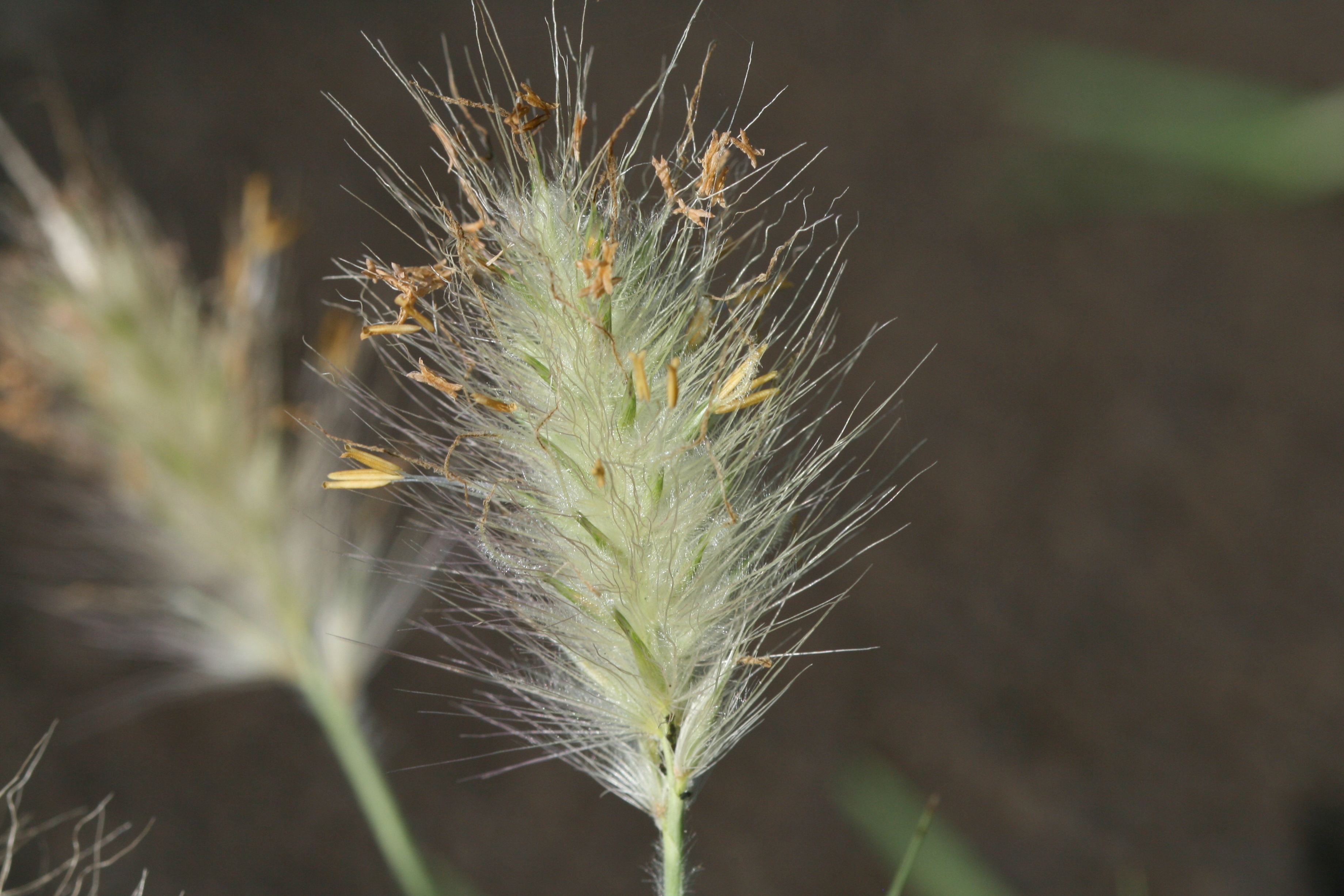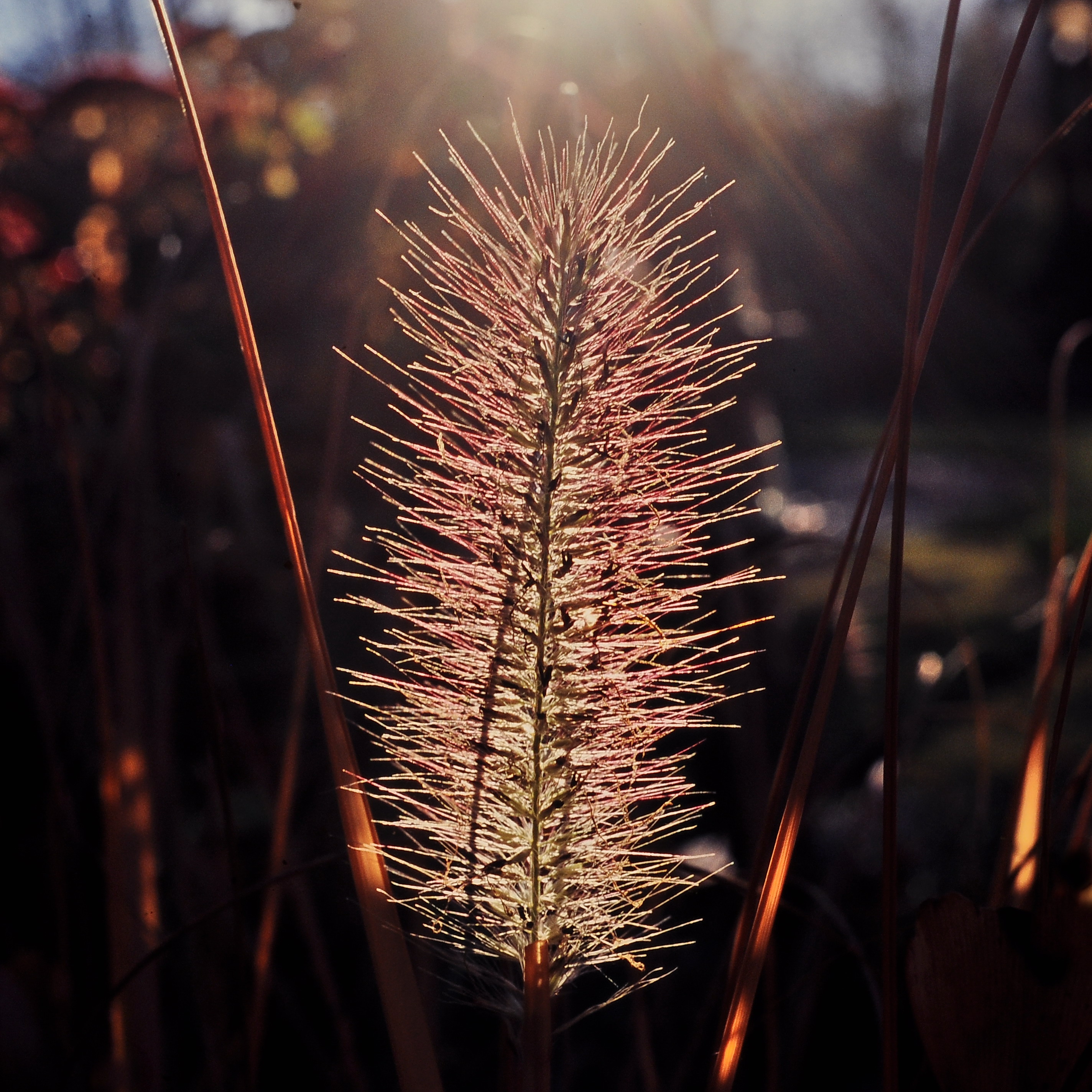|
Glumiflorae
{{Short description, Group of flowering plants ''Glumiflorae'' (gluma = husk + florae = flowers) is a descriptive botanical name. It was used in the Wettstein system for an order of flowering plants. The order consisted of one family only: * order ''Glumiflorae'' *: family ''Gramineae'' The APG II system, used here, assigns the grass family to the order ''Poales''. Other names for the order including the grass family are '' Glumaceae'' and '' Graminales''. However, this name ''Glumiflorae'' was used in the Hutchinson system (first edition, first volume, 1926) for a taxon In biology, a taxon (back-formation from ''taxonomy''; plural taxa) is a group of one or more populations of an organism or organisms seen by taxonomists to form a unit. Although neither is required, a taxon is usually known by a particular nam ... (above the rank of order) that included the grass family. External linksGlumifloraefrom UC Berkeley Museum of Paleontology Historically recognized angiosperm ... [...More Info...] [...Related Items...] OR: [Wikipedia] [Google] [Baidu] |
Hutchinson System
A system of plant taxonomy by John Hutchinson, the Hutchinson system, was published as ''The families of flowering plants, arranged according to a new system based on their probable phylogeny'' (two volumes) in three editions; 1st edition 1926–1934; 2nd edition 1959; 3rd edition, 1973. This classification is according to the 1st Edition Volume 1: Dicotyledonae 1926 and Volume 2:Monocotyledonae 1934. Hutchinson's system was one of the most influential revisions of taxonomy in the early twentieth century. Hutchinson is known for his 24 dicta on the classification of flowering plants. A key feature of his third edition in 1973 was based on the habit of the plant namely that herbaceous plants or ''Herbaceae'' are phylogenetically more recent than woody plants or ''Lignosae''. Phylum ''Angiospermae'' Subphylum ''Monocotyledons'' ;Divisions # Calyciferae # Corolliferae # Glumiflorae Calyciferae Corolliferae Glumiflorae Subphylum ''Dicotyledons'' ;Divisions # Ar ... [...More Info...] [...Related Items...] OR: [Wikipedia] [Google] [Baidu] |
Wettstein System
A system of plant taxonomy, the Wettstein system recognised the following main groups, according to Richard Wettstein's ''Handbuch der Systematischen Botanik'' (1901–1924). 3rd edition (1924) Outline Synopsis * Flagellatae p. 65 * Myxophyta p. 69 * Schizophyta ** Schizophyceae ** Schizomycetes * Zygophyta ** Peridinieae ** Bacillarieae *** Centricae *** Pennatae ** Conjugatae * Phaeophytae * Rhodophyta ** Bangieae ** Florideae * Euphallophyta ** Chlorophyceae ** Fungi *** Eumycetes **** Phycomycetes **** Ascomycetes **** Basidiomycetes *** Lichenes **** Ascolichenes **** Basidiolichenes * Cormophyta ** Archegoniatae *** Bryophyta **** Musci **** Hepaticae *** Pteridophyta **** Psilophytinae **** Lycopodiinae **** Psilotinae **** Equisetinae **** Isoëtinae **** Filicinae **** Cycadofilicinae ** Anthophyta *** Gymnospermae **** Cycadinae **** Bennettitinae **** Cordaitinae **** Gingkoinae **** Coniferae **** Gnetinae *** Angiospermae p. 467 **** Dicotyledone ... [...More Info...] [...Related Items...] OR: [Wikipedia] [Google] [Baidu] |
Poales
The Poales are a large order of flowering plants in the monocotyledons, and includes families of plants such as the grasses, bromeliads, and sedges. Sixteen plant families are currently recognized by botanists to be part of Poales. Description The flowers are typically small, enclosed by bracts, and arranged in inflorescences (except in three species of the genus ''Mayaca'', which possess very reduced, one-flowered inflorescences). The flowers of many species are wind pollinated; the seeds usually contain starch. Taxonomy The APG III system (2009) accepts the order within a monocot clade called commelinids, and accepts the following 16 families: The earlier APG system (1998) adopted the same placement of the order, although it used the spelling "commelinoids". It did not include the Bromeliaceae and Mayaceae, but had the additional families Prioniaceae (now included in Thurniaceae), Sparganiaceae (now in Typhaceae), and Hydatellaceae (now transferred out of the monocots; ... [...More Info...] [...Related Items...] OR: [Wikipedia] [Google] [Baidu] |
Glumaceae
Glumaceae is a descriptive botanical name. It was used in the Bentham & Hooker system (volume of 1883) for the order including the grass family: * order Glumaceae *: family Eriocauleae *: family Centrolepideae *: family Restionaceae *: family Cyperaceae *: family Gramineae (Poaceae) The APG II system places the plants involved (and many others) in the order Poales. Other names for the order including the grass family are Glumiflorae {{Short description, Group of flowering plants ''Glumiflorae'' (gluma = husk + florae = flowers) is a descriptive botanical name. It was used in the Wettstein system for an order of flowering plants. The order consisted of one family only: * ord ... and Graminales. References {{Taxonbar, from=Q2430829 Historically recognized angiosperm taxa ... [...More Info...] [...Related Items...] OR: [Wikipedia] [Google] [Baidu] |
Graminales
The Poales are a large order of flowering plants in the monocotyledons, and includes families of plants such as the grasses, bromeliads, and sedges. Sixteen plant families are currently recognized by botanists to be part of Poales. Description The flowers are typically small, enclosed by bracts, and arranged in inflorescences (except in three species of the genus ''Mayaca'', which possess very reduced, one-flowered inflorescences). The flowers of many species are wind pollinated; the seeds usually contain starch. Taxonomy The APG III system (2009) accepts the order within a monocot clade called commelinids, and accepts the following 16 families: The earlier APG system (1998) adopted the same placement of the order, although it used the spelling "commelinoids". It did not include the Bromeliaceae and Mayaceae, but had the additional families Prioniaceae (now included in Thurniaceae), Sparganiaceae (now in Typhaceae), and Hydatellaceae (now transferred out of the monocots; re ... [...More Info...] [...Related Items...] OR: [Wikipedia] [Google] [Baidu] |
Pennisetum Villosum 1
''Pennisetum'' is a widespread genus of plants in the grass family, native to tropical and warm temperate regions of the world. They are known commonly as fountaingrasses (fountain grasses).''Pennisetum''. Integrated Taxonomic Information System (ITIS).''Pennisetum''. The Jepson eFlora 2013. ''Pennisetum'' is considered a synonym of '''' in 's |
Descriptive Botanical Name
Descriptive botanical names are scientific names of groups of plants that are irregular, not being derived systematically from the name of a type genus. They may describe some characteristics of the group in general or may be a name already in existence before regularised scientific nomenclature. Descriptive names can occur above or at the rank of family. There is only a single descriptive below the rank of family (the subfamily Papilionoideae). Above the rank of family Descriptive names above the rank of family are governed by Article 16 of the International Code of Nomenclature for algae, fungi, and plants (ICN), which rules that a name above the rank of family may either be ‘automatically typified’ (such as Magnoliophyta and Magnoliopsida from the type genus ''Magnolia'') or be descriptive. Descriptive names of this type may be used unchanged at different ranks (without modifying the suffix). These descriptive plant names are decreasing in importance, becoming less common t ... [...More Info...] [...Related Items...] OR: [Wikipedia] [Google] [Baidu] |
Order (biology)
Order ( la, wikt:ordo#Latin, ordo) is one of the eight major hierarchical taxonomic ranks in Linnaean taxonomy. It is classified between Family_(biology), family and Class_(biology), class. In biological classification, the order is a taxonomic rank used in the classification of organisms and recognized by the nomenclature codes. An immediately higher rank, superorder, is sometimes added directly above order, with suborder directly beneath order. An order can also be defined as a group of related families. What does and does not belong to each order is determined by a taxonomist, as is whether a particular order should be recognized at all. Often there is no exact agreement, with different taxonomists each taking a different position. There are no hard rules that a taxonomist needs to follow in describing or recognizing an order. Some taxa are accepted almost universally, while others are recognized only rarely. The name of an order is usually written with a capital letter. Fo ... [...More Info...] [...Related Items...] OR: [Wikipedia] [Google] [Baidu] |
Flowering Plant
Flowering plants are plants that bear flowers and fruits, and form the clade Angiospermae (), commonly called angiosperms. The term "angiosperm" is derived from the Greek words ('container, vessel') and ('seed'), and refers to those plants that produce their seeds enclosed within a fruit. They are by far the most diverse group of land plants with 64 orders, 416 families, approximately 13,000 known genera and 300,000 known species. Angiosperms were formerly called Magnoliophyta (). Like gymnosperms, angiosperms are seed-producing plants. They are distinguished from gymnosperms by characteristics including flowers, endosperm within their seeds, and the production of fruits that contain the seeds. The ancestors of flowering plants diverged from the common ancestor of all living gymnosperms before the end of the Carboniferous, over 300 million years ago. The closest fossil relatives of flowering plants are uncertain and contentious. The earliest angiosperm fossils ar ... [...More Info...] [...Related Items...] OR: [Wikipedia] [Google] [Baidu] |
Gramineae
Poaceae () or Gramineae () is a large and nearly ubiquitous family of monocotyledonous flowering plants commonly known as grasses. It includes the cereal grasses, bamboos and the grasses of natural grassland and species cultivated in lawns and pasture. The latter are commonly referred to collectively as grass. With around 780 genera and around 12,000 species, the Poaceae is the fifth-largest plant family, following the Asteraceae, Orchidaceae, Fabaceae and Rubiaceae. The Poaceae are the most economically important plant family, providing staple foods from domesticated cereal crops such as maize, wheat, rice, barley, and millet as well as feed for meat-producing animals. They provide, through direct human consumption, just over one-half (51%) of all dietary energy; rice provides 20%, wheat supplies 20%, maize (corn) 5.5%, and other grains 6%. Some members of the Poaceae are used as building materials (bamboo, thatch, and straw); others can provide a source of biofuel, primaril ... [...More Info...] [...Related Items...] OR: [Wikipedia] [Google] [Baidu] |





